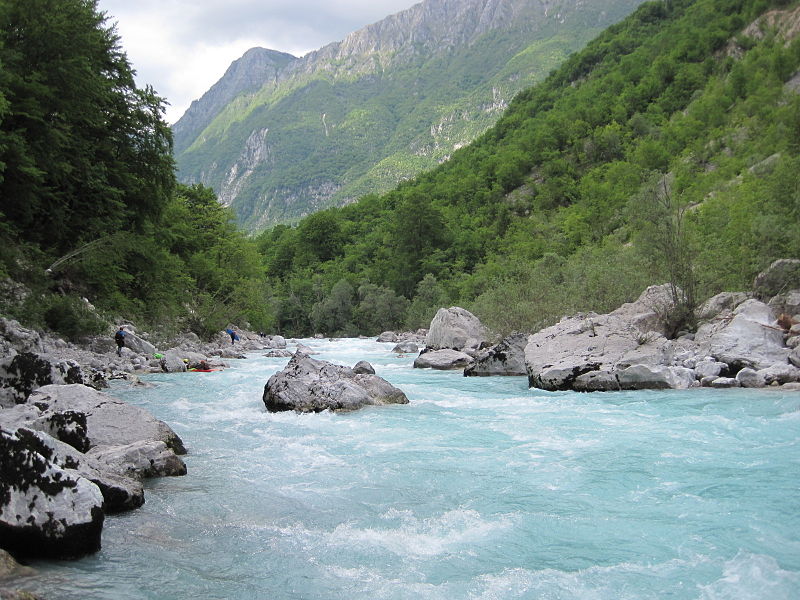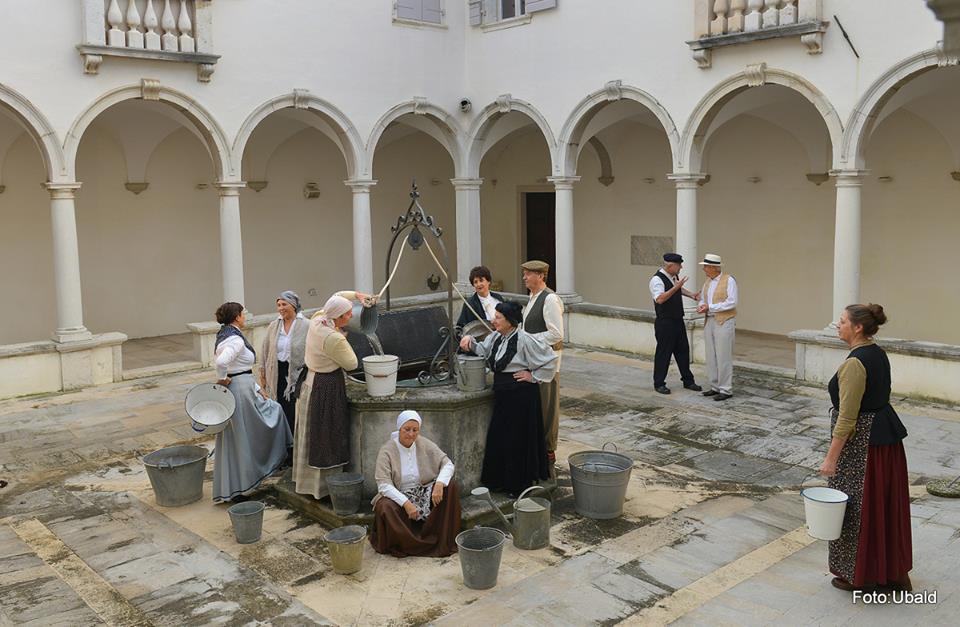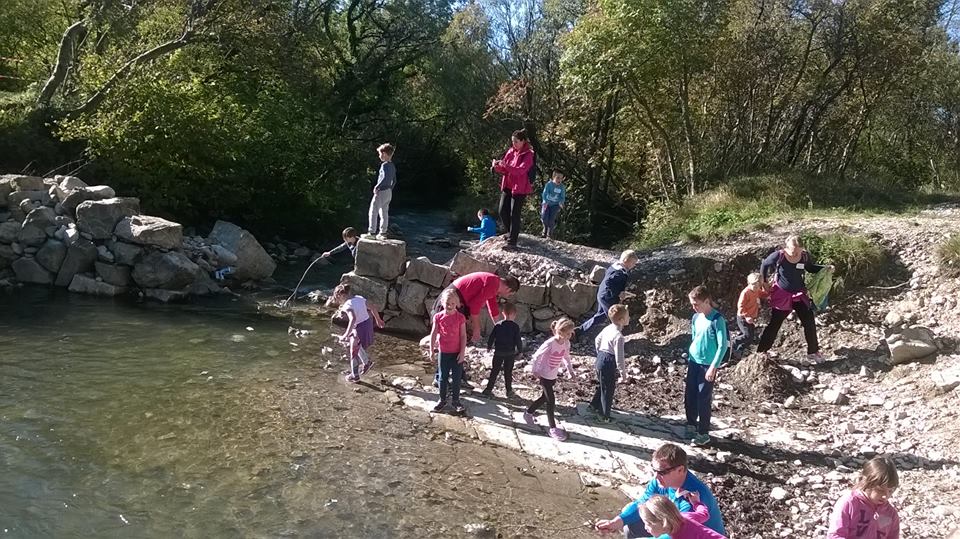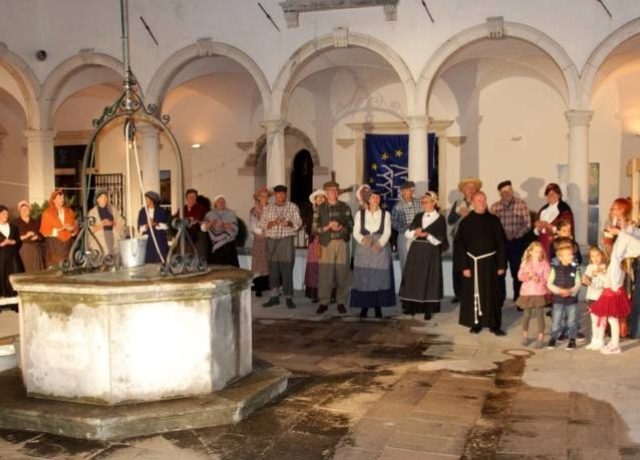Water: The Architect and Sculptor of Slovenia’s Heritage
Water: The Architect and Sculptor of Slovenia’s Heritage
After Slovenia unveiled its 2017 European Heritage Days theme back in June, the launch of the programme has been anticipated with great excitement!
On 23 September, the celebrations started all over the country, with around 400 events opening to honour the theme Water: From Myth to Architecture. Examining the dynamic relationship between water and heritage, this year’s theme presented a variety of places, spaces, traditions, and stories that are in some form connected to water.
As suggested by General Director of Slovenia’s Institute for Heritage Protection, Jernej Hudolin, water and water surfaces may have nummerous hidden meanings. Highlighting the fact that “water is the most inventive architect and sculptor,” he sees it as an important creator not only Slovenia’s, but also the world’s natural heritage.
Recognising this important role of water, this year’s European Heritage Days in Slovenia delved into the ways it helped shape our environment, traditions, and lifestyles. The celebrations took place in 13 regions of the country, with hundreds exploratory activities that unlocked various exciting themes!
Exhibitions

The Tolmin Museum, where the very opening ceremony was held in June, presented an exhibition of the history of life in the Soča valley. Once a border between the Kingdom of Italy and the Austro-Hungarian Empire, this Alpine river is a historic monument and a great resource of knowledge about the lives and lifestyles of different communities living in the region.
On the other side of the country, at Khislstein Castle in Kranj, another inspiring exhibition was launched to present the history of the city’s water-inspired heritage. Dedicated to the city’s bridges, such as those overlooking the Kokra canyon and the Sava river, the exhibition showed how deeply the development of the region was influenced by the waters passing by.
Traditions

In addition to these, a variety of other events were organised to honour Slovenia’s incredible nature, history, and traditions. Many of these included water as a leitmotif, but they went beyond observing the country’s marvelous landscapes.
An event at Ipavčeva hiša, for example, revived the region’s history by discussing lifestyles associated with the era before running water existed. The history of water wells in Murska Sobota, on the other hand, reflected on the symbolic value of these seemingly simple objects that once could be found in every home.
School Activities

Schools participated as well, taking the students for a lecture about the values of water. The students of the elementary school Miška Kranjca in Ljubljana spent a day in nature learning about cultural, naturalistic, technical, and other aspects of water, while the schools Ivan Groharij and Jane Janežič organized classes where children could learn more about water-related lifestyles.
Accompanied by the less known stories of city fountains, mills, mountain streams, and public bathing spaces, all these events opened up a whole new perspective on this invaluable natural resource. There were also musical and theatrical performances, gathering people of different ages and tastes to share the same passion.
With such a rich and innovative programme, Slovenia offered an interesting interpretation of this year’s common theme dedicated to Heritage and Nature. Inspiring participants to dare to try and learn something new, the theme was a true success and an incredible lecture for everyone who attended.
For more photos and details visit: https://www.facebook.com/dnevievropskekulturnedediscine/
